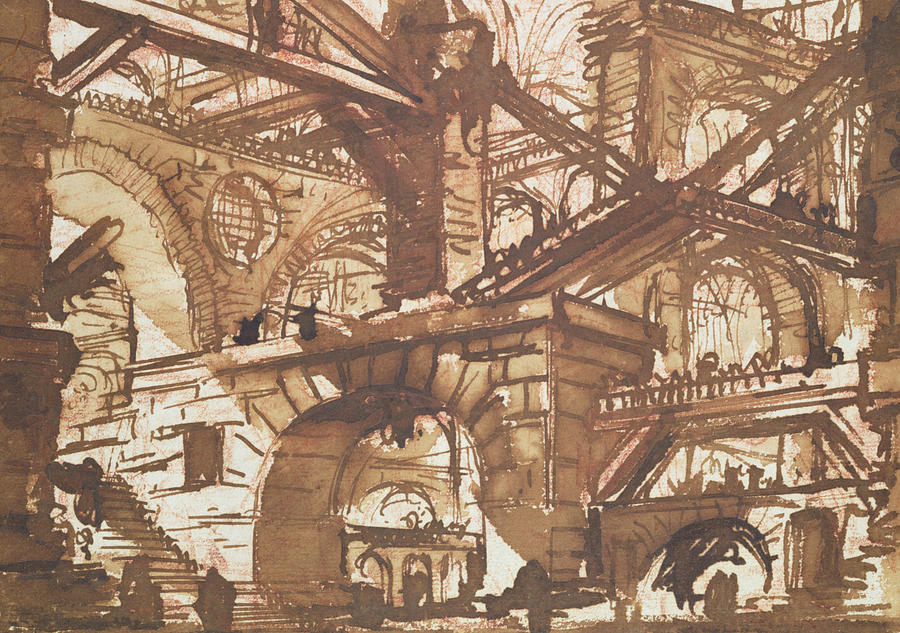


PIRANESI PRISONS SERIES
The immensity and ambiguity of these structures reinforces the sense of wonderment that inspired generations of artists, writers, and others to reassess the majesty and grandeur of classical design. Chief among them is his highly unusual series of prints called Imaginary Prisons. Maria Egizziaca, from Views of Rome, 1750/59 Giovanni Battista Piranesi View of the Site of the ancient Roman Forum, from Views of Rome, 1750/59 Giovanni Battista Piranesi View of the Piazza di Spagna, from Views of Rome, 1750/59 Giovanni Battista. Populated with indistinguishable figures that emphasize the scale and complexity of the scenes, the final series features greater detail and stronger tonal contrasts, enhancing the works’ sinister character. Giovanni Battista Piranesi View of the Temple of Fortuna Virilis. These etchings were issued as a collection of fourteen around 1749–50 and then reissued-after significant reworking-as a set of sixteen in 1761. The mysterious appeal of a labyrinth (Image credit: Getty Images) By Cameron Laux 19th November 2020 Susanna Clarke’s latest novel Piranesi is set in a house with countless rooms. The artist employed the same strategy-representing realistic settings imbued with an innovative creative spirit-in several other works. Chief among them is his highly unusual series of prints called Imaginary Prisons. Piranesi’s oeuvre reflects a singular combination of remarkable imagination and a deep understanding of construction, which helped to cultivate an unprecedented appreciation of Roman architecture. He derived the principal inspiration for this vast production of etchings from firsthand examinations of classical antiquities as well as from Renaissance and Baroque structures. He derived the principal inspiration for this vast production of etchings from firsthand examinations of classical antiquities as well as from Renaissance and Baroque structures. The artist infused both conventional topographical scenes of wellknown buildings and ideal reconstructions with novel compositional devices, exaggerating scale and manipulating perspective through the use of multiple vanishing points. Imaginary Prisons: Giovanni Battista Piranesi Prints Throughout his career, Giovanni Battista Piranesi (1720 1778) produced carefully prepared views in and around Rome. Throughout his career, Giovanni Battista Piranesi (1720–1778) produced carefully prepared views in and around Rome.


 0 kommentar(er)
0 kommentar(er)
